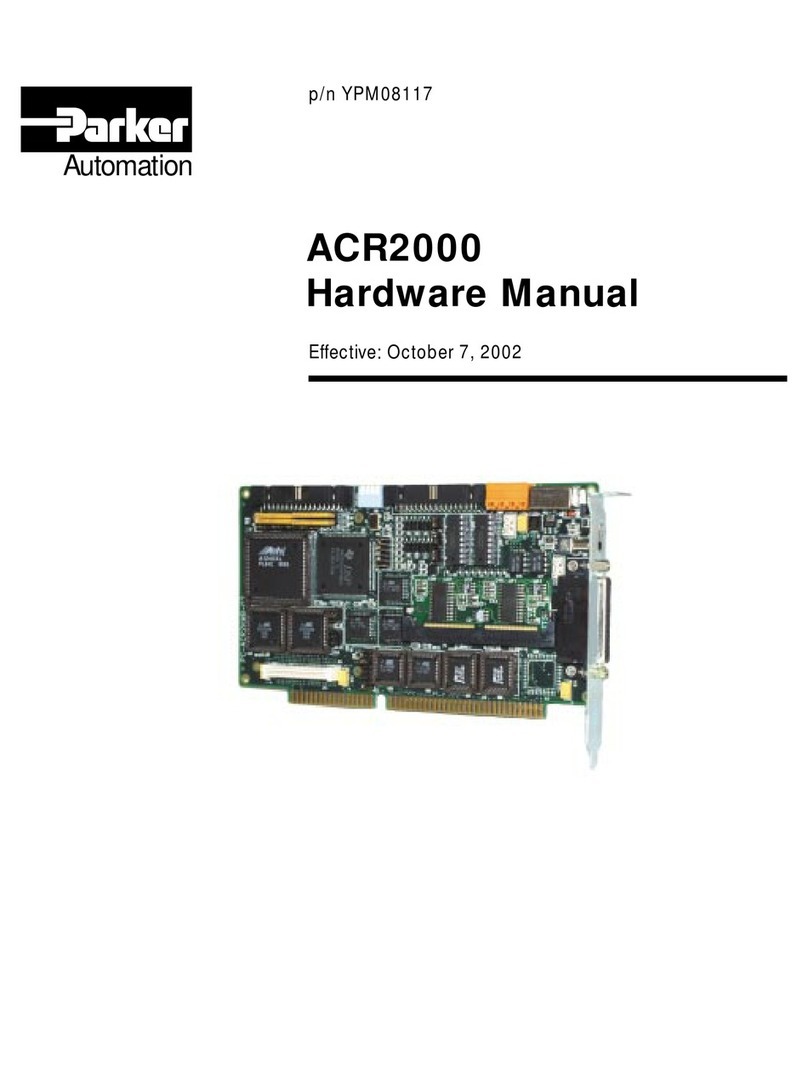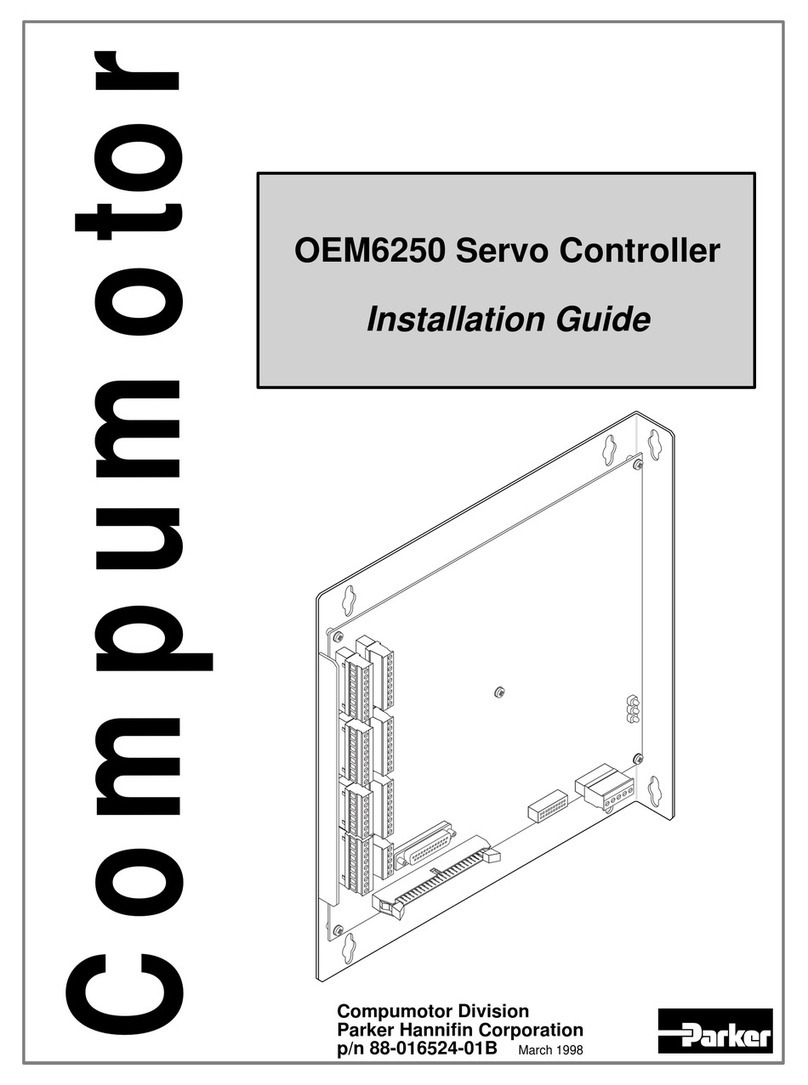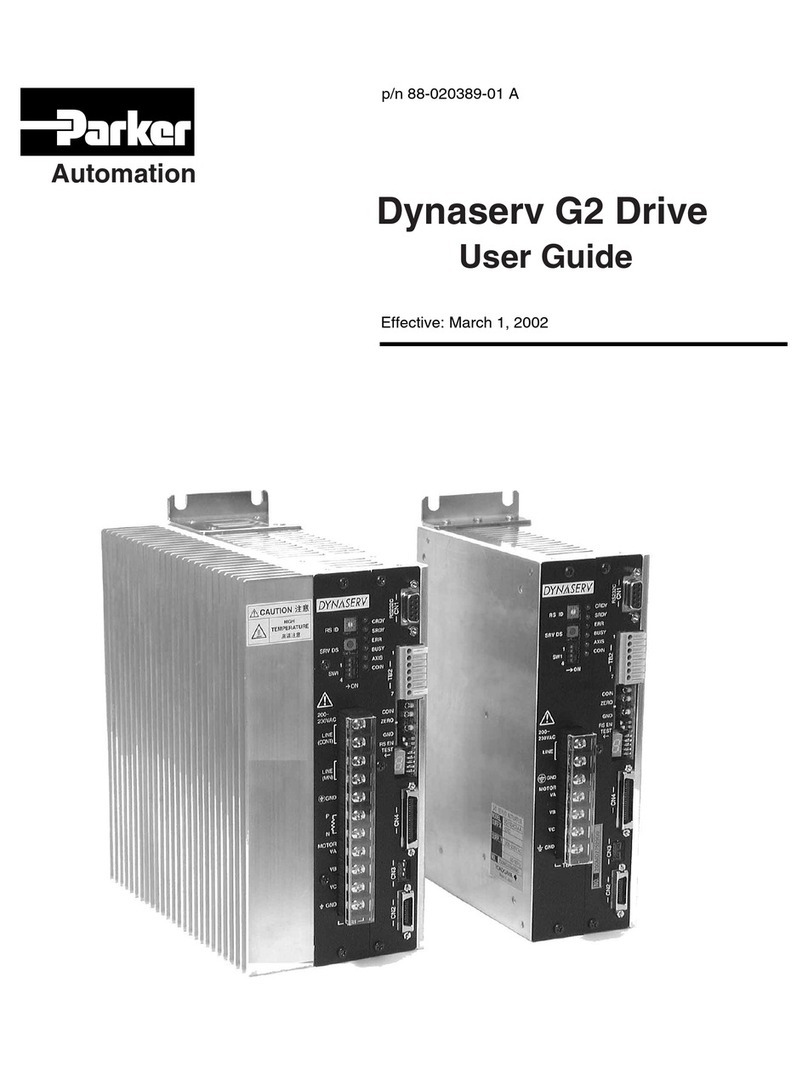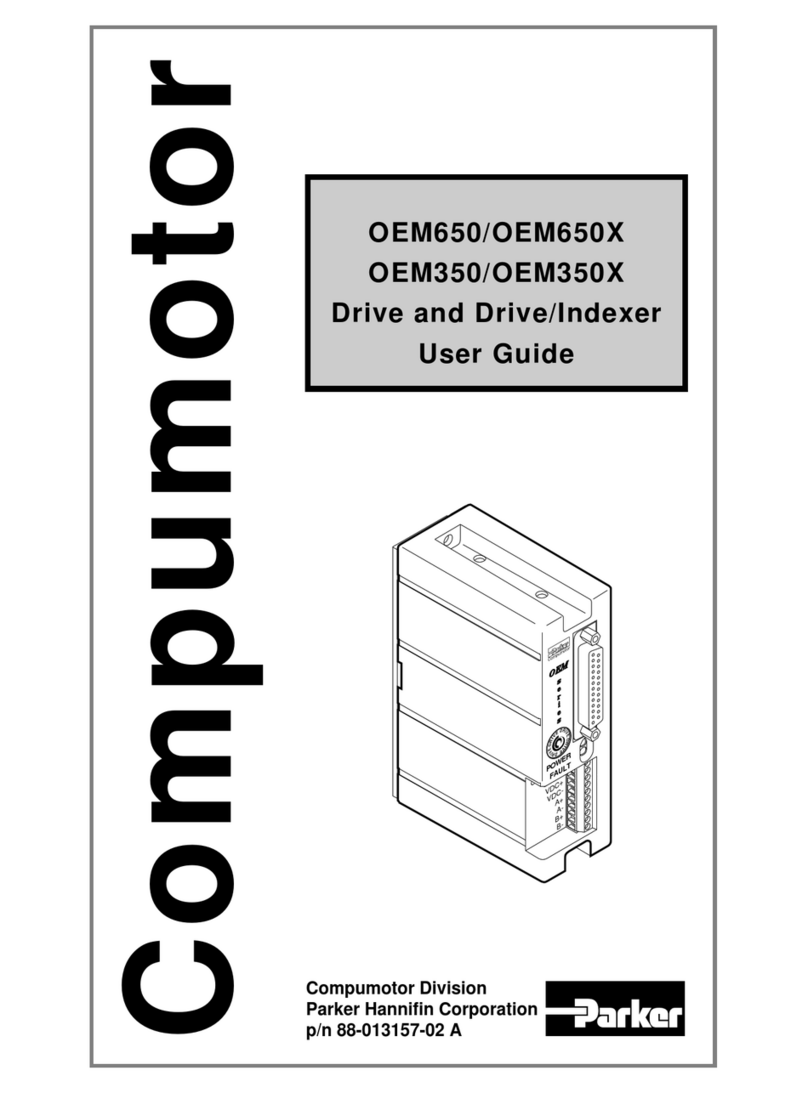
Chapter 1. Installation
3
General Specifications
Parameter Specification
Power
AT6n00 PC Card......................................................5VDC @ 1.8A from the PC-AT bus
AT6200 AC AUX Board (AC or DC input).............90-264VAC, 50/60Hz, 0.75A @ 240VAC, single-phase; or connect an external power
source (5VDC ±5% @ 1.6A) to a +5V terminal on the AUXILIARY connector
AT6400-120V AUX Board (AC or DC input)..........90-132VAC, 50/60Hz, 1.5A @120VAC, single-phase; or connect an external power source
(5VDC ±5% @ 1.6A) to a +5V terminal on the AUXILIARY connector
AT6400-240V AUX Board (AC or DC input)..........90-264VAC, 50/60Hz, 0.75A @ 240VAC, single-phase; or connect an external power
source (5VDC ±5% @ 1.6A) to a +5V terminal on the AUXILIARY connector
AT6n00-DC AUX Board .........................................+5VDC (±5%) @ 1.6A
Status LEDs/fault detection......................................Refer to
Status LEDs
in Chapter 2
Environmental
Operating Temperature ..........................................32-122°F (0-50°C)
Storage Temperature...............................................-22-185°F (-30-85°C)
Humidity...................................................................0-95% non-condensing
Performance
Position Range.........................................................±2,147,483,648 steps
Velocity Range.........................................................1-1,600,000 steps/sec
Acceleration Range..................................................1-24,999,975 steps/sec2
Stepping Accuracy...................................................±0 steps from preset total
Velocity Accuracy ...................................................±0.02% of maximum rate
Velocity Repeatability .............................................±0.02% of set rate
Motion Algorithm Update Rate................................2 ms
Calculation to determine contouring deviation from an arc
(due to straight-line approximation to a curve):
Error in steps = (Vp ∗ t
2)2
r
Where: Vp= steps/sec, r= radius in steps, t= system update period (2 msec)
Inputs
ALL INPUTS ARE OPTICALLY ISOLATED
Home, POS/NEG Limits, Trigger, P-CUT............HCMOS compatible*; internal 6.8 KΩpull-ups to AUX-P terminal (wired at factory to +5V);
voltage range is 0-24V.
Joystick inputs: Axes Select, Velocity Select, ......HCMOS-compatible*; internal 6.8 KΩpull-ups to 5V; voltage range is 0-24V.
Trigger, Release, & Auxiliary
Drive Fault and In-Position......................................HCMOS-compatible*; internal 1.0 KΩpull-up to 5V; voltage range is 0-5V.
Analog (joystick connector).....................................Voltage range = 0-2.5VDC, 8-bit A/D converter.
Input voltage must not exceed 5V.
Encoder.....................................................................Differential comparator accepts two-phase quadrature incremental encoders with
differential (recommended) or single-ended outputs.
Maximum voltage = 5VDC. Switching levels (TTL-compatible): Low ≤0.4V, High ≥2.4V.
Maximum frequency = 1.6 MHz. Minimum time between transitions = 625 ns.
24 General-Purpose Programmable .....................HCMOS compatible* with internal 6.8 KΩpull-ups to IN-P terminal (wired to +5V terminal
at factory). Voltage range = 0-24V. 50-pin plug is compatible with OPTO-22™ signal
conditioning equipment.
Outputs
ALL OUTPUTS ARE OPTICALLY ISOLATED
24 General-Purpose Programmable......................Open collector output with 4.7 KΩpull-ups. Can be pulled up by connecting OUT-P to +5V,
or to user-supplied voltage of up to 24V. Max. voltage in the OFF state (not sinking
current) = 24V, max. current in the ON state (sinking) = 30mA. 50-pin plug is compatible
with OPTO-22™ signal conditioning equipment.
Step, Direction, Shutdown.......................................Differential line driver output. Signal high ≥3.5VDC @ +30mA, signal low ≤1.0VDC @
-30mA. +output for each differential driver is active high; -output for each driver is active
low. Step pulse width range is 0.3 µs to 20 µs (depends on the value of the PULSE
command—default is 0.3 µs).
+5V Output................................................................+5V terminals are available on the ENCODER and AUXILIARY connectors. Load limit (total
load for all I/O connections): 1.5A for the AT6400-120, 1.0A for the AT6400-240 and the
AT6200 AC version. Load limit for the DC versions of the AUX boards depends on your
external +5V power supply.
* HCMOS-compatible switching voltage levels: Low ≤1.00V, High ≥3.25V.
TTL-compatible switching voltage levels: Low ≤0.4V, High ≥2.4V.




































